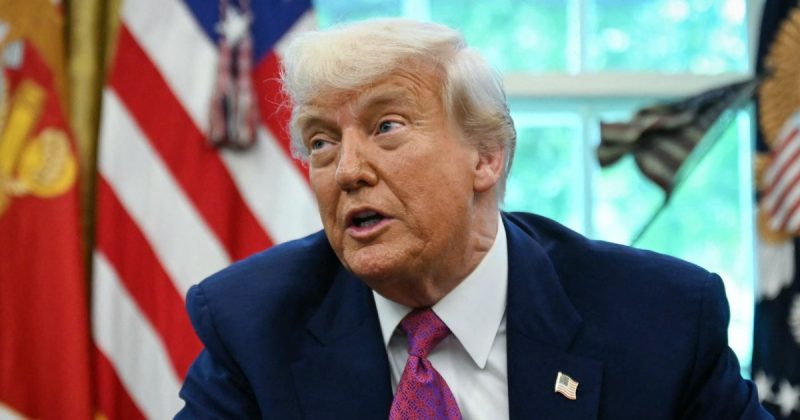
The White House has quietly scrubbed official transcripts of President Donald Trump’s public remarks from its website. Instead of readily available text records, visitors now find only selected videos of his appearances. This surprising move has sparked controversy and raised questions about transparency and historical record-keeping.
Until recently, transcripts of Trump’s speeches and comments were readily accessible on WhiteHouse.gov. However, a check of internet archives reveals that these transcripts vanished overnight, leaving only the inaugural address transcript remaining. A White House official, speaking anonymously, justified the change, stating that the administration aims to provide a “fuller and more accurate sense” of the President through audio and video. This, they claim, promotes “consistency” across the website. The official also insisted that the White House continues to transcribe Trump’s remarks, implying a shift in prioritization from text to multimedia.
Press Secretary Karoline Leavitt echoed this sentiment, declaring the Trump White House “the most transparent in history.” This statement, however, seems at odds with the removal of readily available transcripts, a key tool for accurate reporting and historical analysis. Interestingly, Vice President JD Vance’s office continues to release transcripts of his remarks to the media, a stark contrast to the Trump administration’s approach.
Historians and former White House officials have expressed strong criticism of this decision. They argue that public transcripts serve as crucial historical documents and offer protection against misquotations. Barbara Perry, co-chair of the presidential oral history program at the University of Virginia’s Miller Center, voiced concern, emphasizing the importance of accurate record-keeping for both historical understanding and the President’s own legacy. A readily available transcript allows the president to defend against misinterpretations of his words.
The decision to remove transcripts also raises concerns about the potential to obscure Trump’s communication style. Critics suggest that the White House may be trying to avoid the written record of Trump’s frequent digressions, often described as “the weave.” This tactic, some believe, might make his often rambling speech patterns appear less coherent in written form. Mike McCurry, a press secretary during the Clinton administration, speculated that the White House might have been trying to prevent the exposure of “the weave.”
This move is particularly striking given the past practice of readily publishing presidential transcripts. During the first four months of Trump’s first term, over 100 transcripts were published; this time, only around 30 were posted before their removal. The White House website currently features only a small selection of videos, leaving many presidential events undocumented. This includes significant meetings, such as one with El Salvador’s President Nayib Bukele, where Trump’s comments about accepting deported criminals were not captured on video. The absence of videos also affects media interactions, creating gaps in the public record of Trump’s statements.
The removal of transcripts has also been linked to past tensions between the White House and the stenographer corps during Trump’s first term. Reports suggest that there was a feeling of distrust, with concerns that the stenographers were perceived as too closely aligned with the press. This adds another layer of complexity to the decision, suggesting a potential underlying conflict that contributed to the current policy change. The absence of easily accessible transcripts represents a significant departure from past practices, raising serious questions about the administration’s commitment to transparency and the preservation of historical accuracy.
By Peter Nicholas, Megan Shannon, and Henry J. Gomez










